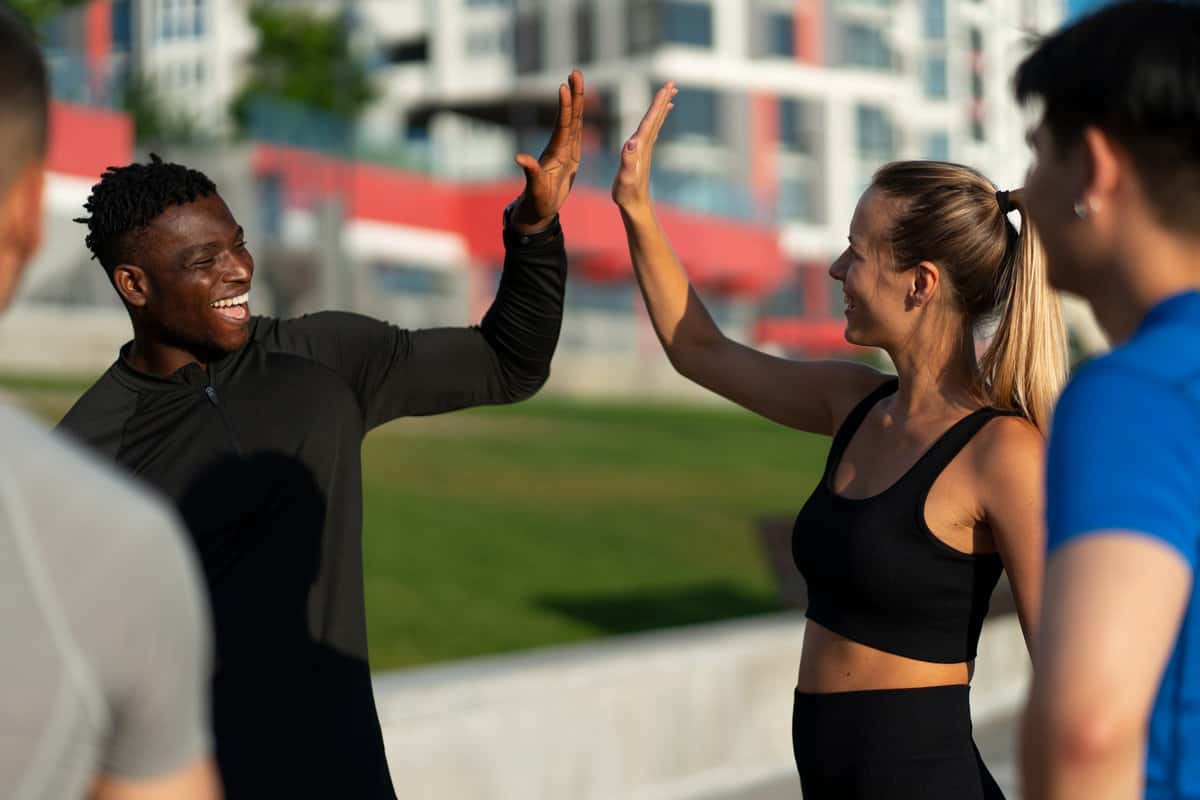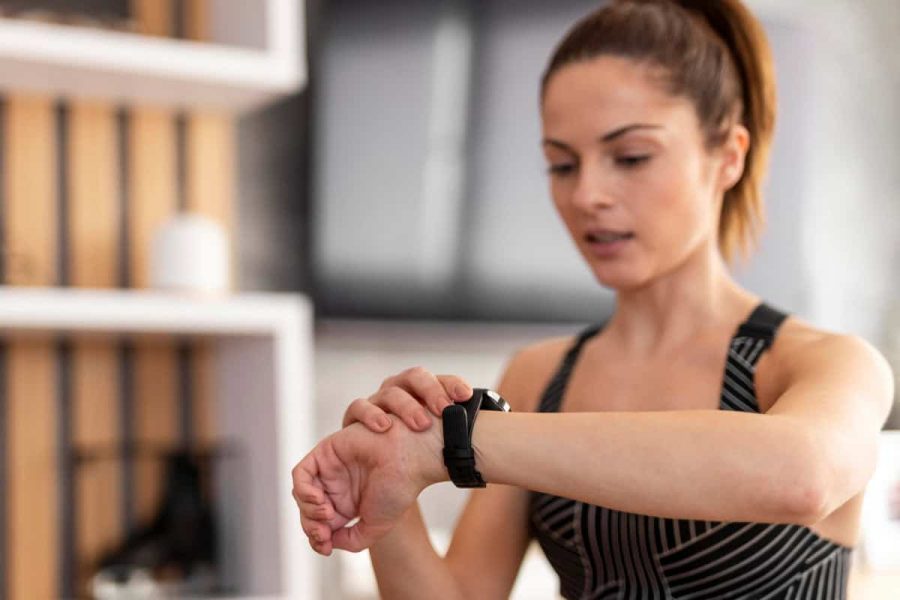Ditch the FOMO and Find Your Fit

Forget the fear of missing out (FOMO) on the latest fitness trends. Forget the pressure of overpriced green juice cleanses and matching athleisure sets. True well-being goes way beyond the perfectly curated Instagram post. It’s about building a sustainable and inclusive fitness routine that works for you – and the planet.
The good news? You don’t need a fancy gym membership or a personal trainer to get started. In fact, many mainstream fitness approaches overlook the importance of sustainability and inclusivity. Let’s break free from the mold and explore how to create a personalized path to well-being that’s good for your body, your wallet, and the environment.
Key Takeaways:
• Introverts thrive: Working out alone allows introverts to avoid overstimulation and enjoy their workout without feeling pressured to socialize.
• Personalized routine: Solo workouts let you design a fitness plan that matches your interests, goals, and pace. You can customize everything from the exercises to the music.
• Embrace nature: Take your workout outdoors and explore new trails, parks, or bike paths. Nature provides a stress-reducing environment and enhances your overall well-being.
• Celebrate your wins: Solo workouts remove the pressure of gym comparisons. You get to celebrate every personal achievement, big or small, boosting your confidence and motivation.
• Listen to your body: Prioritize your body’s needs by adjusting intensity, taking rest days, and experimenting with different activities. This personalized approach helps prevent injuries and keeps you active in the long run.
Sustainable Fitness: It’s More Than Just a Reusable Water Bottle
Sustainability in fitness isn’t just about showing off your new reusable water bottle (although those are awesome!). It’s about considering the environmental impact of your choices. Here are some ways to get your sweat on without sweating the planet:
Embrace the Great Outdoors: Ditch the gym’s energy consumption and reconnect with nature! Studies, like one published in the International Journal of Environmental Research and Public Health, show that spending time outdoors can significantly boost your mood and reduce stress [link to study]. Hiking, biking, swimming, or even gardening are fantastic ways to get your heart rate up while enjoying some fresh air.
Pre-Loved Fitness Gear: Skip the fast fashion cycle and give pre-loved workout clothes and equipment a second life. Online marketplaces and thrift stores are treasure troves for affordable finds. You’ll minimize your environmental impact while maximizing your savings – win-win!
Community is Key: Join a group fitness class in your local park, participate in recreational sports leagues, or organize walking groups with friends. Not only is this a fun and social way to exercise, but it also reduces reliance on gyms and fosters a sense of belonging.
Building Bridges, Not Barriers: Fitness for Every Body
Inclusivity means ensuring everyone feels welcome and empowered to participate in fitness, regardless of background, ability, or body type. Here’s how we can move beyond simply offering “modified” versions of traditional exercises:
Adaptive Fitness Programs: Specialized programs and equipment cater to individuals with disabilities, allowing them to engage in safe and effective exercise. Organizations like the National Center on Disability and Journalism and the Adaptive Sports USA Coalition are fantastic resources for finding these programs.
Body Positivity and Size Inclusivity: Let’s ditch the unrealistic beauty standards often associated with fitness. Celebrate diverse bodies and focus on health and well-being over aesthetics. Check out campaigns like “The Body Positive” and “Love Your Body” that promote body acceptance and inclusivity within the fitness space.
Accessibility Beyond the Gym: Consider language barriers when following workout instructions. Offer alternative formats for workout descriptions (think video tutorials alongside written instructions) and ensure online platforms are accessible to users with disabilities.
Making it Work for You: FAQs on Sustainable and Inclusive Fitness
Q: How can I make my workouts more sustainable?
Embrace bodyweight exercises: You don’t need fancy equipment to get a great workout. Push-ups, squats, lunges, and planks are all fantastic exercises you can do anywhere.
Walk or bike to your workout: Combine your workout with your commute! Not only is it eco-friendly, but it also adds some extra cardio to your routine.
Invest in reusable gear: A good water bottle and a sturdy gym bag will last for years, reducing waste and saving you money in the long run.
Q: What are some resources for inclusive fitness?
Organizations like the American Council on Exercise, the National Institute on Disability, Independent Living, and Rehabilitation Research, and the Adapted Physical Activity Network offer valuable resources and information on inclusive fitness programs.
Q: How can I advocate for more inclusive fitness spaces?
Support businesses and organizations that prioritize inclusivity. Speak up against discriminatory practices and promote respectful and welcoming environments in gyms and fitness classes.



